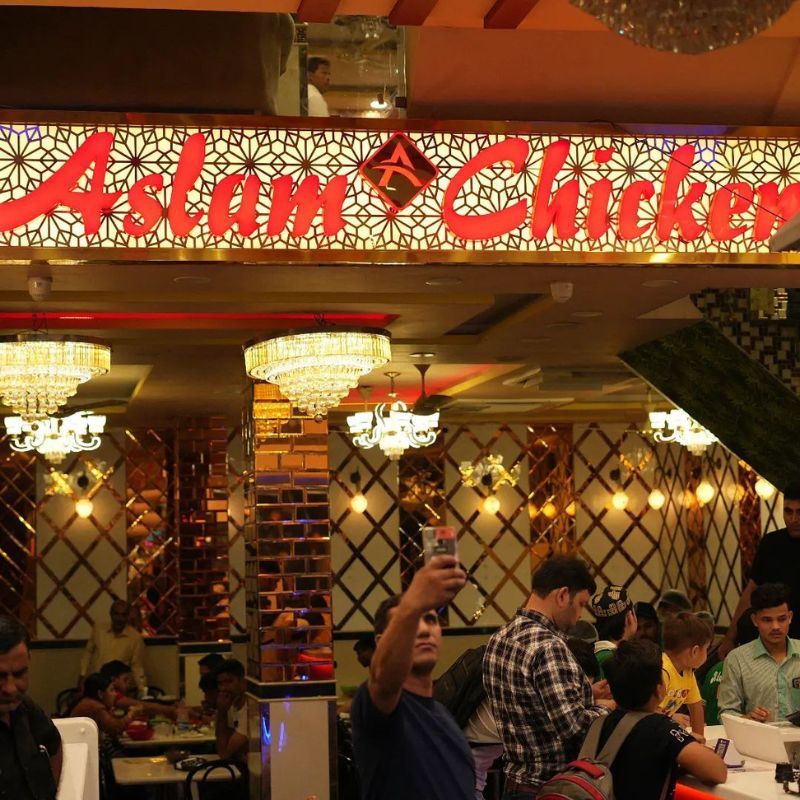
India is a land of agriculture, with abundant harvests feeding its population. With harvests come the several harvest festivals specific to regions, which make them special. Check out the foods that make these festivals special. By Anushka Goel
Most of India’s regions practice agriculture, feeding the country’s vast population. And given its various cultural influences, the country has a vast number of harvest festivals, which signify the beginning, middle, and end of the agricultural season.
The harvest festivals bring with them the hope of an abundant crop, healthy bodies and nourishment for all. And centric to these festivals is the food that makes them special. Let’s check them out below!
Exploring India’s harvest festivals through their food
Lohri
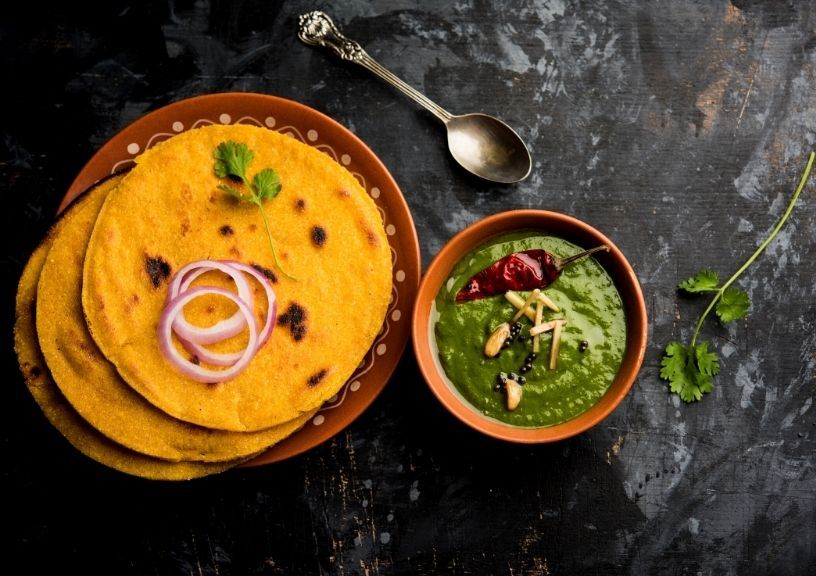
The festival, which falls on January 13 each year, marks the beginning of the harvest season while indicating the end of the winter solstice, with the sun beginning to move into the northern hemisphere. According to DNA India, on Lohri night, several Sikhs and Hindus who celebrate the festival gather around a fire, offering rewri, peanuts and unsalted popcorn and praying for a boutiful harvest, since jaggery and nuts form an integral part of the festival. After lots of singing, dancing and festivities, festive food such as sarson ka saag and makki ki roti, gud (jaggery) products such as gur ki roti, makhane ki kheer and more.
Makar Sankranti
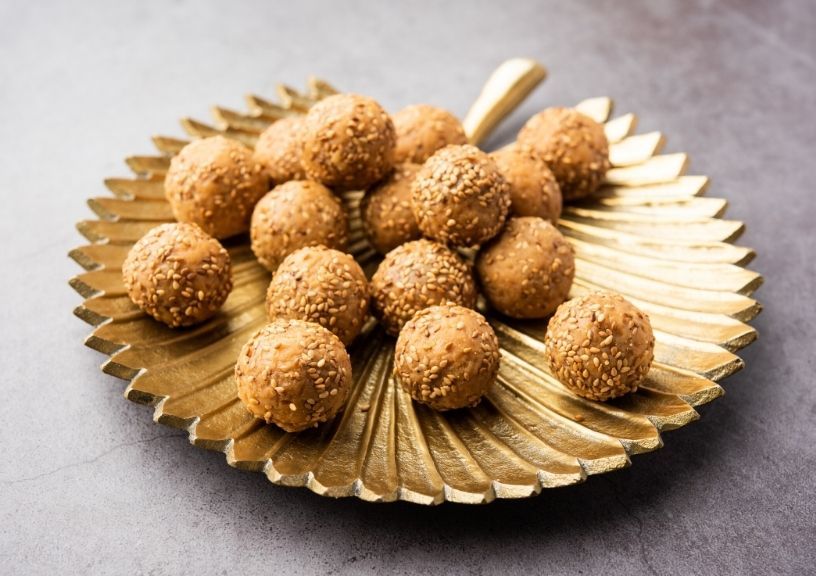
Another one of India’s harvest festivals, Makar Sankranti falls on January 14. It marks the beginning of spring and the end of winters, writes Firstpost, and is celebrated by several communities across India. In Gujarat and parts of Delhi, the day is marked by kite-flying, praying to the Sun God for a bountiful harvest. Sweets made from jaggery and til (sesame), such as tilkutta, are made and offered to the gods, and regional dishes such as puran poli (Maharashtra), makara chaula (Odisha), payesh and pinni are made. In some regions, people make and consume khichdi to celebrate the festival.
Bihu
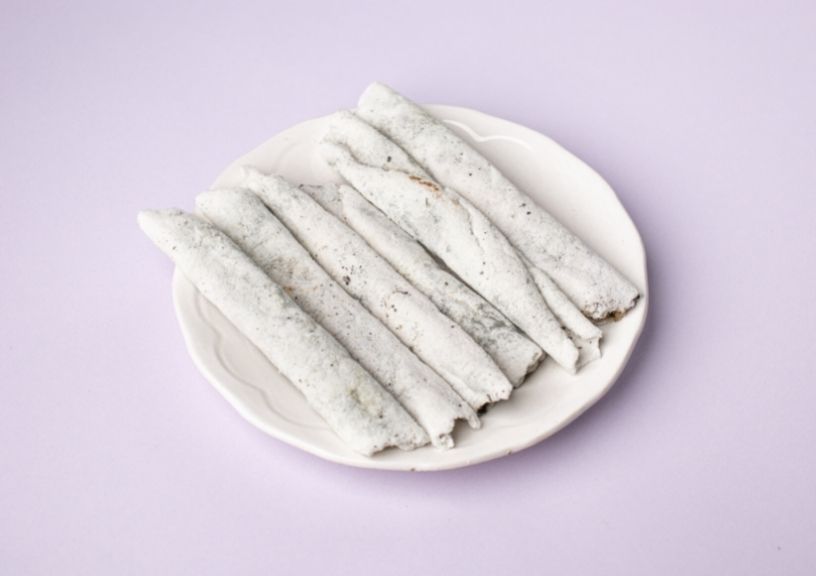
The celebration of the change of seasons, Bihu is celebrated in Assam, where the fertile land is great for crop production. Magh Bihu, celebrated on January 14 this year, marks the coming of spring and marks the end of the harvest season, as farmers across the country start harvesting their rabi crops and make way for the kharif crops. Bihu is also popular because of the Bihu dance men and women perform in celebration.
The food that makes the day special includes til pitha, made with glutinous rice powder and black sesame seeds, narikolor laru (coconut laddus), gila pitha, murir laru (laddoos made with puffed rice) and more.
Pongal
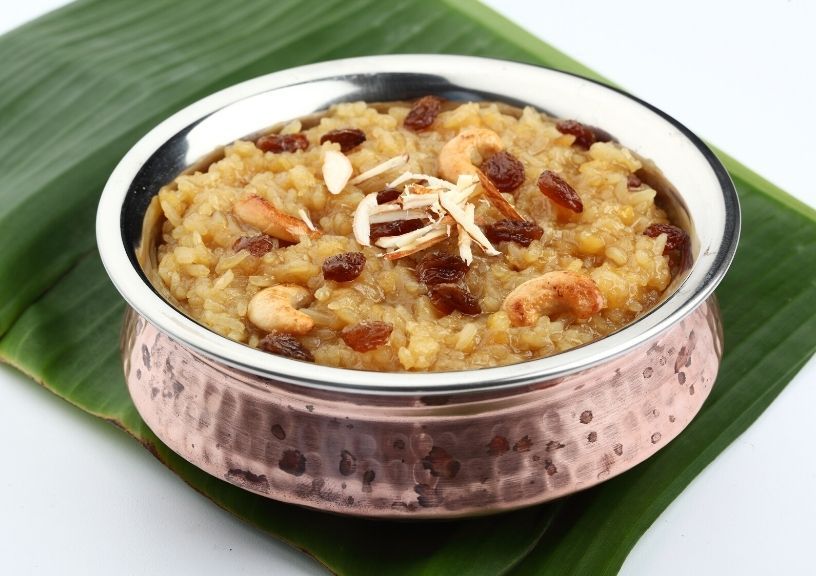
The four-day harvest festival begins on January 14 this year, and means ‘spilling over’, writes DNA India. The festival marks the beginning of Uttarayan, i.e. the movement of the sun towards the North and the end of winters. the first day (bhogi pongal) begins with fresh harvests of rice, sugarcane and turmeric brought from the farms into intricately decorated homes. The second day (surya pongal) begins with women waking up early and decorating their homes with Kolam (a type of rangoli), before cooking the harvested rice along with milk and jaggery until it overflows. This is the act that gives the festival its name, and the Sun God is offered this dessert first bedore the family sits down to eat.
On the third day, i.e mattu pongal, cattle is decorated and worshipped, while on day four, the last day of the festival, kaanum pongal, people gather for a traditional meal of types of pongal, payasam, sambhar, and more.
Uttarayan

Uttarayan, which marks the movement of the sun from the Dakshinayan (southern hemisphere) into the Uttarayan (northern hemisphere), is celebrated along with Makar Sankranti and other harvest festivals on January 14 this year. The festival is marked by kite-flying in Gujarat, where the famous kite-flying festival is also organised. Desserts made of jaggery and sesame such as laddoos and gajak are made and served, and the festive feast includes undhiyu (a healthy, mixed vegetable dish), jalebi, chikki (made with jaggery, sesame and various nuts and seeds), mamra laddoo (laddos made with puffed rice), and more.
Makaravilakku
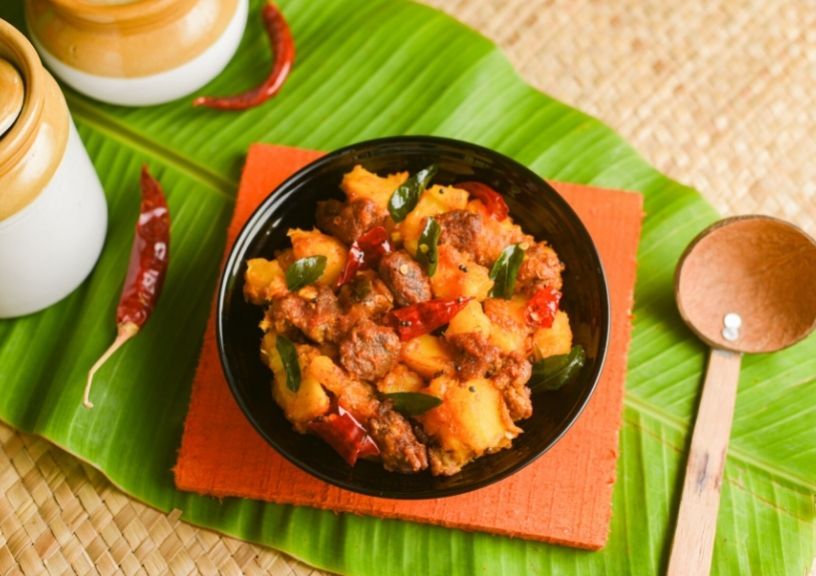
Also on January 14, Makaravilakku is celebrated on Makara Sankranti in the Sabarimala temple. Lakhs of pilgrims visit the shrine on this auspicious day, after conducting a long journey wherein they consume only sattvik (pure) food. Meat, fish and additives are avoided and rice is eaten only once a week, according to Onmanorama. Aravana Payasam is a popular sweet dish eaten at this time before the festival, and puzhukku, a vegetable preparation made with yam and tapioca, is also commonly consumed.





